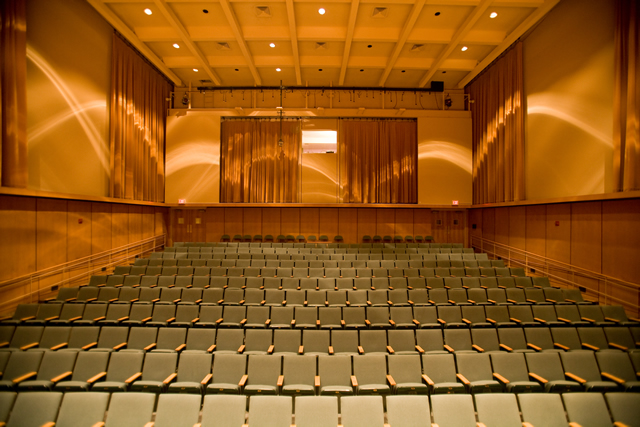
Music ETDs
Publication Date
1968
Abstract
The symphony evolved from the Italian opera overture called the sinfonia. The earliest concert-symphonies were written in the 1730’s and 1740’s and exhibit the same formal traits as the opera sinfonias written at the same time. Both consisted of three movements in contrasting tempi: fast-slow-fast. Occasionally a minuet was substituted for the last movement and aby 1765 or 1770 the minuet became the third movement of the then standard four-movement plan: fast-slow-minuet-fast.
Some movements, particularly the first in these symphonies demonstrate the growth of sonata form from the binary form common in Baroque dance movements. By the 1750’s and 1760’s the principle of the second theme was well established. The development sections were usually short in these early symphonies, consisting of restatements or transpositions of the initial idea with some modulatory passage work. Movements in which the development section was followed by a formal restatement of the first theme were fairly common in symphonies by the 1760’s.
The Preclassical symphonies also illustrate important growths in idiomatic instrumental writing. The interchangeable part of the past began to give way to a part more characteristic of each instrument. The strings were given the melodic activity and figuration while the winds provided harmony and body. The woodwinds began to take on a more vocal and sustained part, often supplying the harmony on sustained notes. As the symphonies became more homphonically oriented and the writing of basso continuo parts declined, the brass supplied rhythmic punctuation, sustained harmony, volume, and color.
George Christoph Wagenseil (1715-1777) was the leader of the Viennese Preclassical school of symphonic composers. Since only a small portion of Wagenseil’s output in the symphonic medium is available in modern edition it was necessary to obtain copies of the eighteenth century printed parts to some of his symphonies now located in the British Museum. These parts had to be transcribed into score form for study purposes.
Wagenseil’s historical position is clarified by a comparison of his symphonies with those by his contemporaries, Johann Stamitz (1717-1757) in Mannheim, and Georg Matthias Monn (1717-1750) in Vienna. Stamitz called for winds and wrote separate wind parts more consistently than the others did. Stamitz favored the four-movement scheme of fast-slow-minuet-fast mor than the othe composers did. Wagenseil preferred the three-movement plan of the Italian sinfonia, and Monn used both schemes as well as a four-movement plan of slow-fast-slow-fast. The Viennese composers were advanced in the internal organization of the sonata form movements with recapitulations that brought in a complets restatement of the exposition material. Stamitz and the Mannheim composers tended to have incomplete recapitulations in which the first theme did not return in the tonic key.
Preclassical symphonies are not generally considered important as artistically superior works, but rather for their historical position as forerunners of the great masterpieces by Haydn and Mozart. These later writers took over certain aspects of symphonic style from the various schools. From Mannheim came the interest in full orchestral sound with strings, woodwinds, and brasses. From Wagenseil, the leader of this school, emerges as a composer equal in importance to Stamitz as a predecessor of the late Classical symphony.
Degree Name
Music
Level of Degree
Masters
Department Name
Department of Music
First Committee Member (Chair)
Walter Burrous Keller
Second Committee Member
Donald Christopher McRae
Third Committee Member
Hugh Milton Miller
Language
English
Document Type
Thesis
Recommended Citation
Roeder, Michael Thomas. "The Preclassical Symphony With An Analysis Of Representative Works By Georg Christoph Wagenseil." (1968). https://digitalrepository.unm.edu/mus_etds/59
